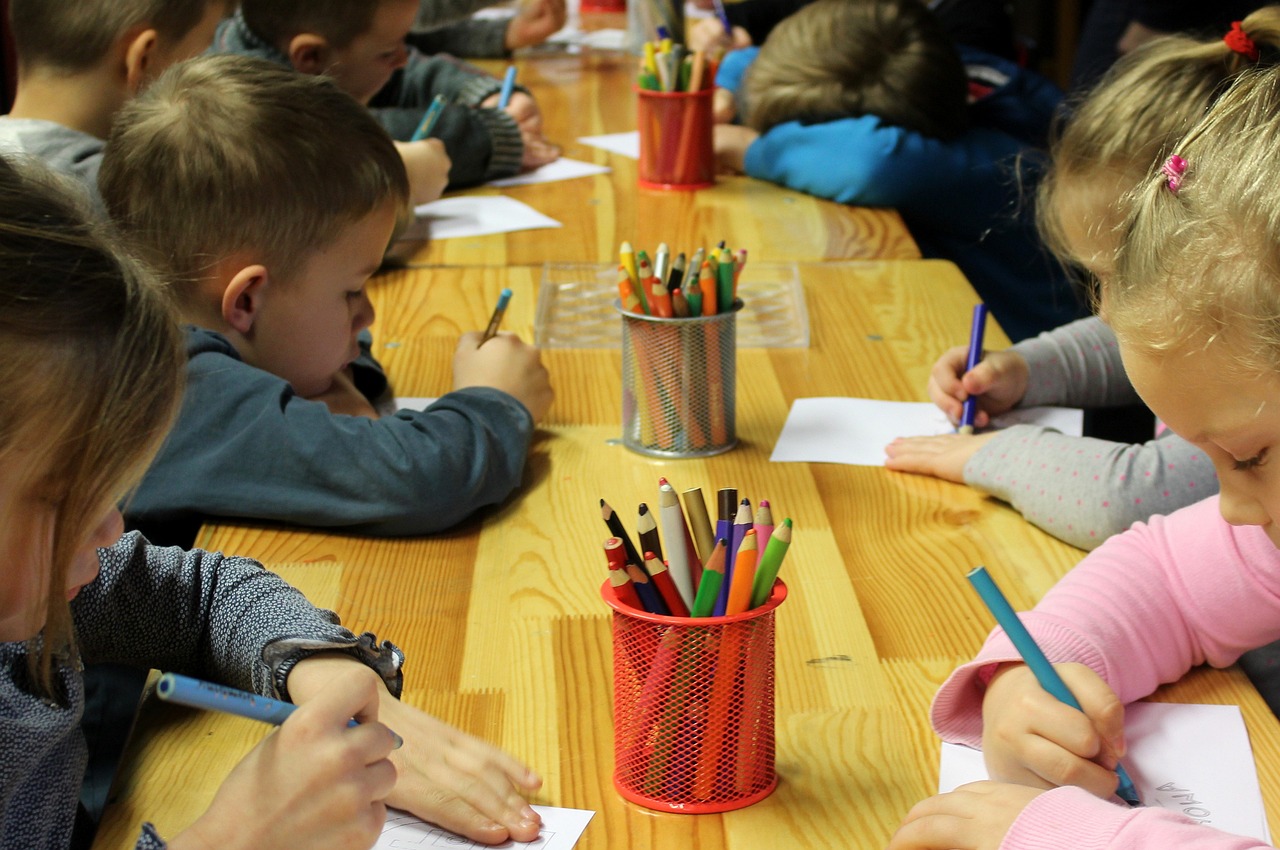Addressing the Digital Divide in Special Education
Technology plays a crucial role in enhancing the learning experience for students with special needs. By incorporating various technological tools such as tablets, specialized software, and communication devices, educators can create a more inclusive and personalized learning environment. These tools help students with disabilities access information, communicate effectively, and develop essential skills crucial for their academic and social development.
Furthermore, technology enables educators to differentiate instruction based on individual students’ needs, making learning more accessible and engaging for all learners. Students with special needs can benefit from interactive learning games, audio-visual aids, and assistive technology devices that cater to their unique learning styles. Through the integration of technology in special education, students can overcome barriers to learning and participate more actively in the educational process, ultimately empowering them to reach their full potential.
Technology enhances the learning experience for students with special needs
Incorporating tools such as tablets, specialized software, and communication devices creates a more inclusive environment
Helps students access information, communicate effectively, and develop essential skills
Differentiates instruction based on individual student needs
Benefits from interactive learning games, audio-visual aids, and assistive technology devices
Overcomes barriers to learning and empowers students to reach their full potential
Challenges Faced by Students with Disabilities in Accessing Technology
Students with disabilities often encounter significant barriers when it comes to accessing technology in the educational setting. The lack of funding and resources in schools can hinder the availability of assistive technologies that cater to the specific needs of these students. Inadequate training for teachers and support staff on how to effectively integrate technology into the curriculum for students with disabilities further compounds the issue.
Additionally, the absence of policies and guidelines on the procurement and implementation of accessible technology can lead to inconsistencies in the availability and quality of resources across different schools. This results in a disjointed learning experience for students with disabilities, as they may not have consistent access to the tools and software that can support their learning needs.
Disparities in Technology Access Among Special Education Students
While technology has the potential to greatly benefit special education students, there are significant disparities in access among this population. These disparities can exacerbate existing learning challenges and hinder the full inclusion of students with disabilities in educational settings. Lack of access to appropriate technology tools and resources can create barriers to learning and limit students’ ability to fully participate in classroom activities.
Students from low-income families are particularly affected by disparities in technology access, as they may not have the same opportunities to utilize technology both in school and at home. This lack of access can further widen the achievement gap between students with disabilities and their peers without disabilities. Additionally, rural schools and districts may face additional challenges in providing equitable access to technology, as limited resources and funding constraints can impact their ability to provide necessary accommodations for special education students.
Why is technology important in special education?
Technology can provide personalized learning experiences, assistive tools for students with disabilities, and access to resources that may not be available in traditional classrooms.
What are some challenges faced by students with disabilities in accessing technology?
Some challenges include lack of funding for specialized technology, limited training for educators on how to integrate technology into the classroom, and physical barriers that may hinder access to technology devices.
How do disparities in technology access impact special education students?
Disparities in technology access can widen the achievement gap between students with disabilities and their peers, limit opportunities for learning and skill development, and hinder overall academic success.
What can be done to address disparities in technology access among special education students?
Solutions may include increasing funding for technology resources, providing training for educators on how to effectively use technology in special education classrooms, and advocating for policies that promote equal access to technology for all students.





